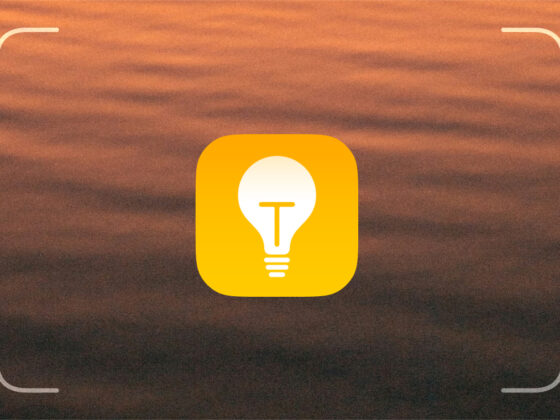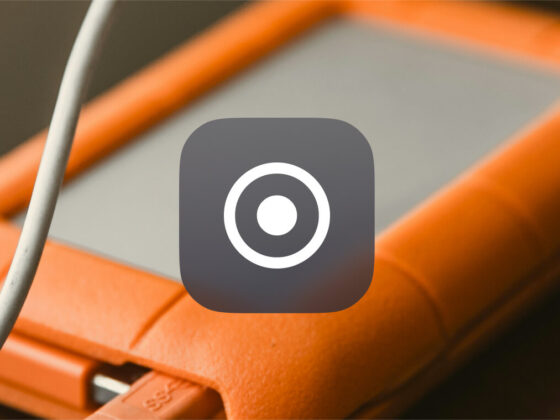One of the great things about iOS 14 is the amount of customization it provides for your iPhone’s Home Screen. Not only can you add widgets to your Home Screen, but you can also update app icons and personalize the feel of each page. But if the concept of customizing your Home Screen feels a little intimidating, don’t worry. This article will walk you through how to overhaul your iOS screen to not only match your personal style, but also enhance your iPhone photography experience.
How to customize your iOS 14 Home Screen in 5 steps
Yes, you read that right. There are only five steps you need to know to get started personalizing your iPhone Home Screen. But be warned, these steps do require a bit of a time commitment. So if you’ve only got a few minutes to spare, you owe it to yourself to wait until you have a bit more time to devote to this process.
Step 1. Pick your iOS 14 Home Screen aesthetic
Your first step in this process will be to have a general idea of your preferred aesthetic. And what we mean by that is, “What’s your theme?” Maybe you want to use one of your photographs as your background image. In that case, you’ll want to find icons that fit your chosen picture’s color scheme. If you just want to have one of your photos prominently displayed, you might consider keeping everything monochromatic so your image can pop.
If you’re having trouble coming up with some ideas, there’s a ton of inspiration on Pinterest or Instagram available by searching the hashtags #iOS14HomeScreen and #iOS14aesthetic. Alternatively, here’s a quick list of ideas that might help you decide:
- Hand drawn
- Pastel palette
- Earth tones
- Retro computer designs
- Seasonal
Step 2. Add iPhone widgets you might need
Widgets are a great way to either get quick information from an app or to launch a specific app feature. Here’s a list of some more useful iPhone widgets for your photography:
- Lightroom: Launches either the front or the back camera
- Photos: Displays pictures from your For You album
- Widgetsmith: Allows you to choose an image or an album to be displayed
Adding a widget is simple. All you need to do is follow these steps:
- Press and hold anywhere on your Home Screen.
- Tap the + in the top-left corner.
- Find the widget you want and select your preferred size (small, medium, or large).
- Tap Add Widget.
- Press and hold the widget and drag it where you want it to live.
- Tap Done.

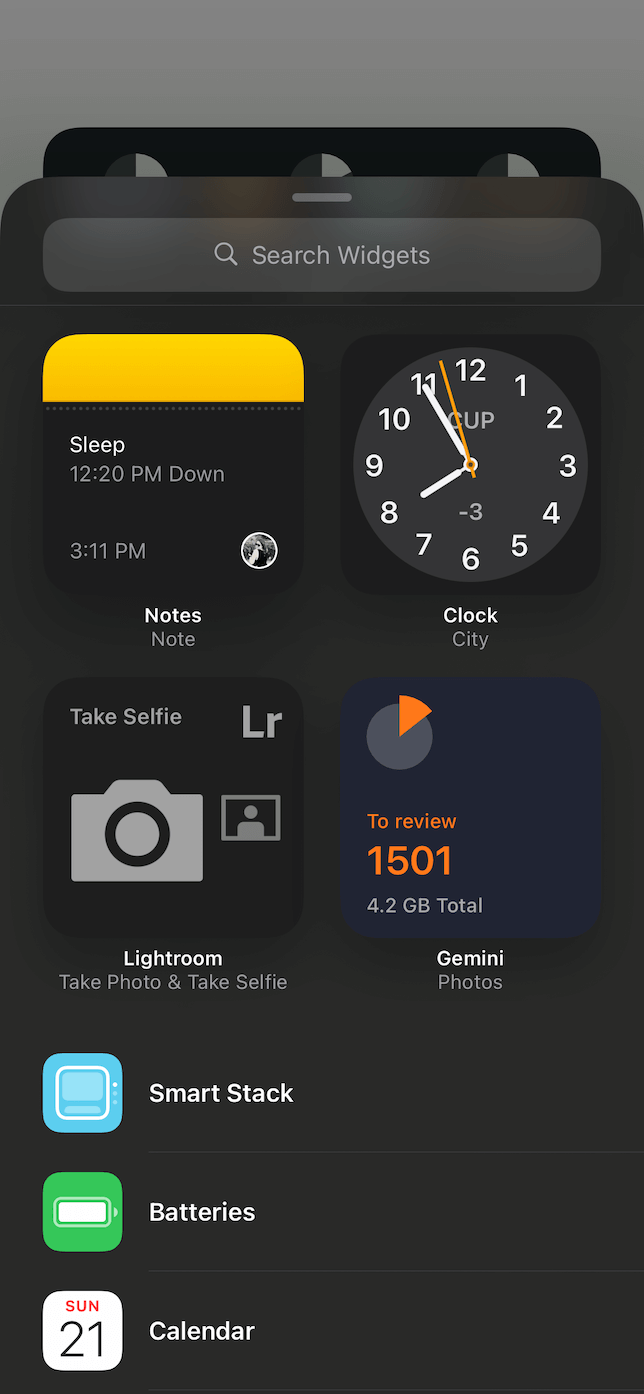
Step 3. Design custom iOS widgets
If you’re really looking to make your Home Screen unique, you’re going to want to use the app Widgetsmith, which you can download from the App Store. It has many standard widget functionalities, like displaying the date and time, upcoming calendar events, reminders, and even weather information. Plus, Widgetsmith lets you customize each widget so that they match your aesthetic.
To customize widgets, the first thing you have to do is create them in Widgetsmith by following these steps:
- Open Widgetsmith.
- Decide whether you want a small, medium, or large widget and tap Add [X] Widget.
- Choose the new widget and select the style of widget you want.
- Tap Aesthetic/Theme to customize the widget fully.
- Hit the back arrow in the top left.
- Tap Save.
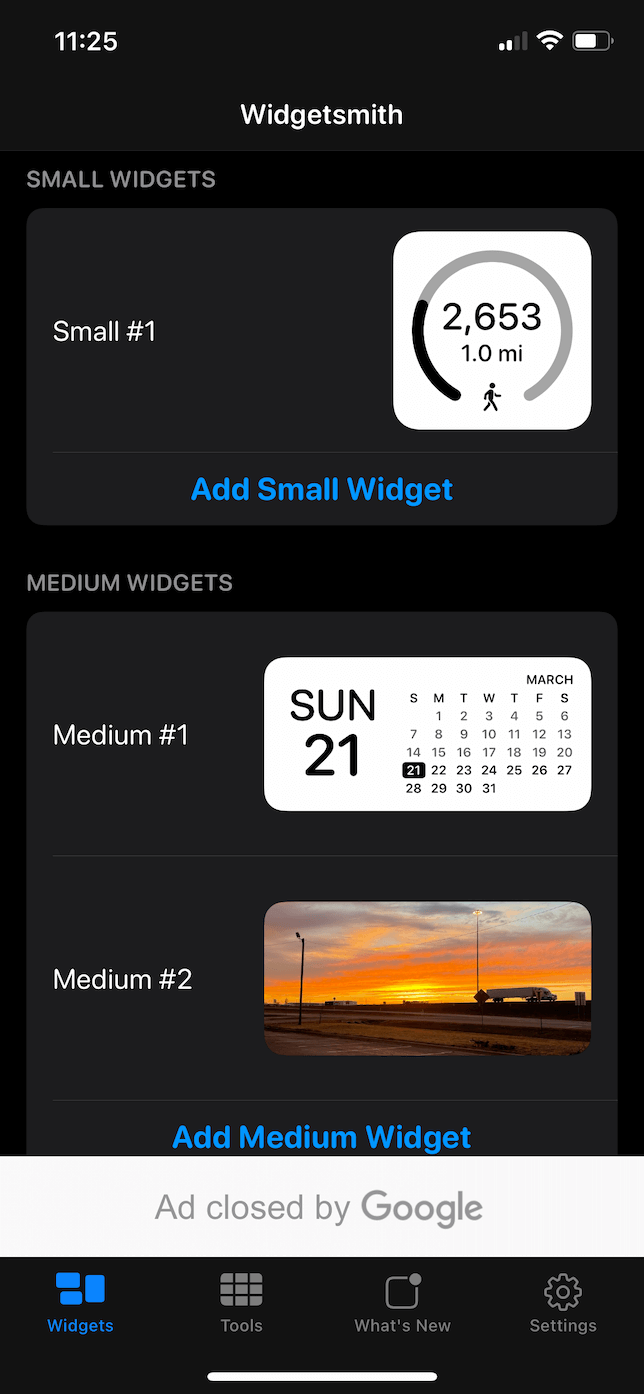
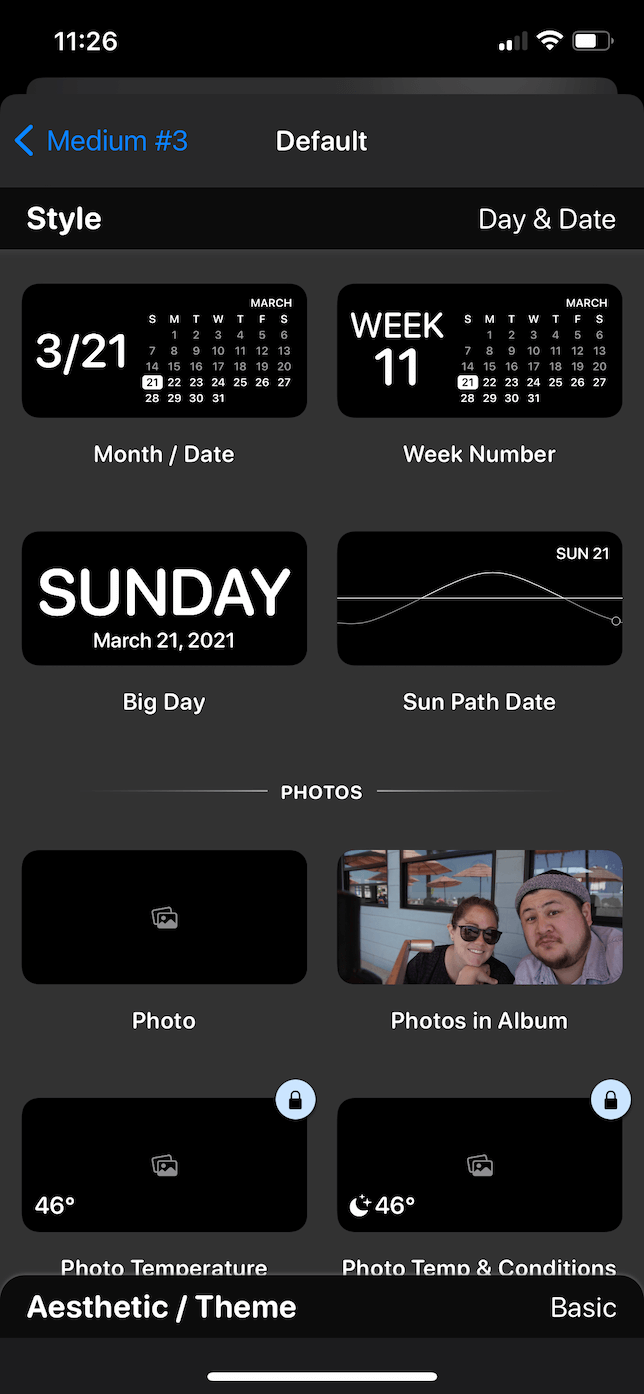
Now that you have your widget created, you can go back to your Home Screen and follow the directions mentioned above. Just make sure you select the same size as that of the widget you just created when you add it to your Home Screen.
Some of the widgets available in Widgetsmith that can help with your photography include:
- Sun path: This can help you figure out the sun’s path for shooting outdoors.
- Sunrise/sunset: This will help you calculate the golden hour, that magical period when the sun is perfectly illuminating the sky.
- Weather: This is important to help you anticipate what type of cloud coverage you’ll have when shooting outside.
- Photos: This one displays specific photos or albums on your Home Screen.
Step 4. Change your app icons
While you can’t directly change an app’s icon in iOS 14, there is a workaround for it. You’ll need the Shortcuts app, which comes preloaded on iOS 14. But if you removed it, you can download it again from the App Store. Once you have it on your iPhone, here’s all you need to do:
- Open Shortcuts.
- Click + and navigate to Add Action.
- Type “Open App” in the search bar, then tap the Open App action from the list. This will open a new shortcut.
- Tap Choose.
- Select the app with the icon you want to change.
- Tap Next and give your shortcut the same name as the app.
- Hit Done.
- Tap the ellipses in the shortcut box and tap the ellipses next to the shortcut’s name.
- Select Add to Home Screen.
- Under the Home Screen name and icon, tap the icon. Select either Choose Photo or Choose File.
- Select the picture/icon and tap Choose.
- Tap Add.
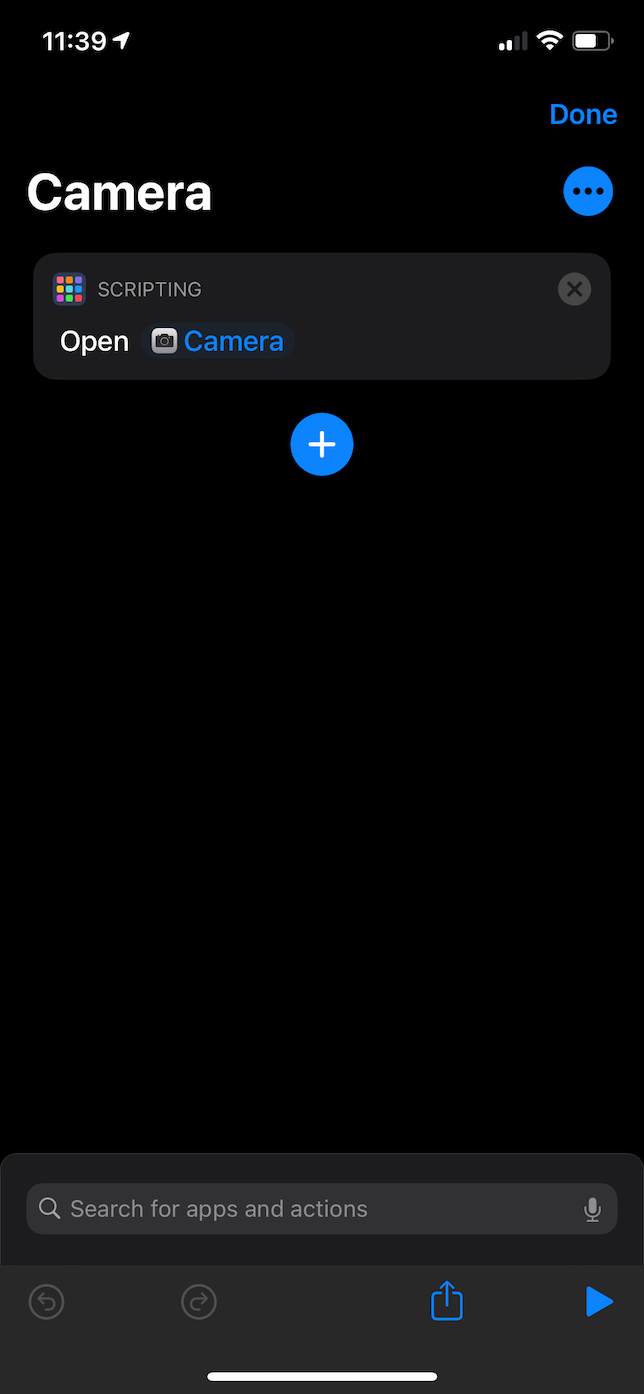
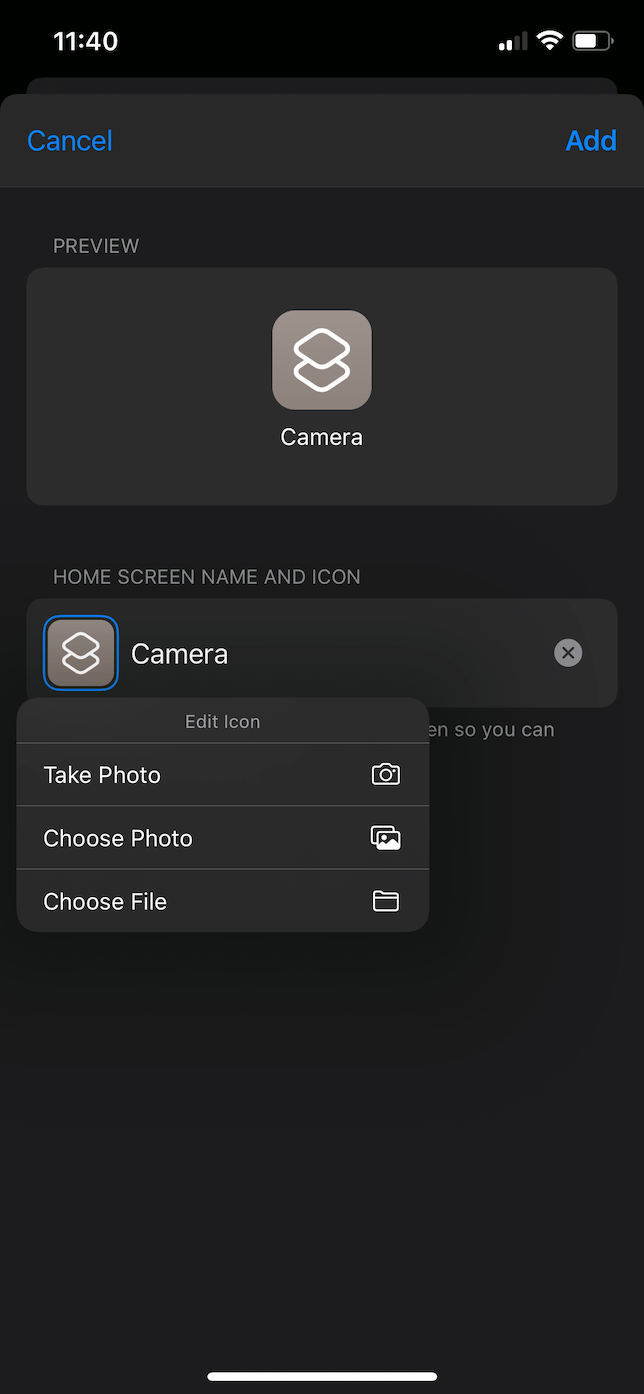
Step 5. Hide the apps you don’t use
After you’ve updated all of your app icons, you’ll probably have duplicate icons — or a bunch of apps left on your Home Screen that you don’t use that often. Another new feature of iOS 14 is that you can now hide apps in your App Library. So they’re still installed on your phone; they’re just not displayed on your Home Screen.
Hiding apps is probably the easiest part of this process. Here’s all you have to do:
- Press and hold the icon of the app you want to hide.
- Tap Remove App.
- Hit Remove from Home Screen.
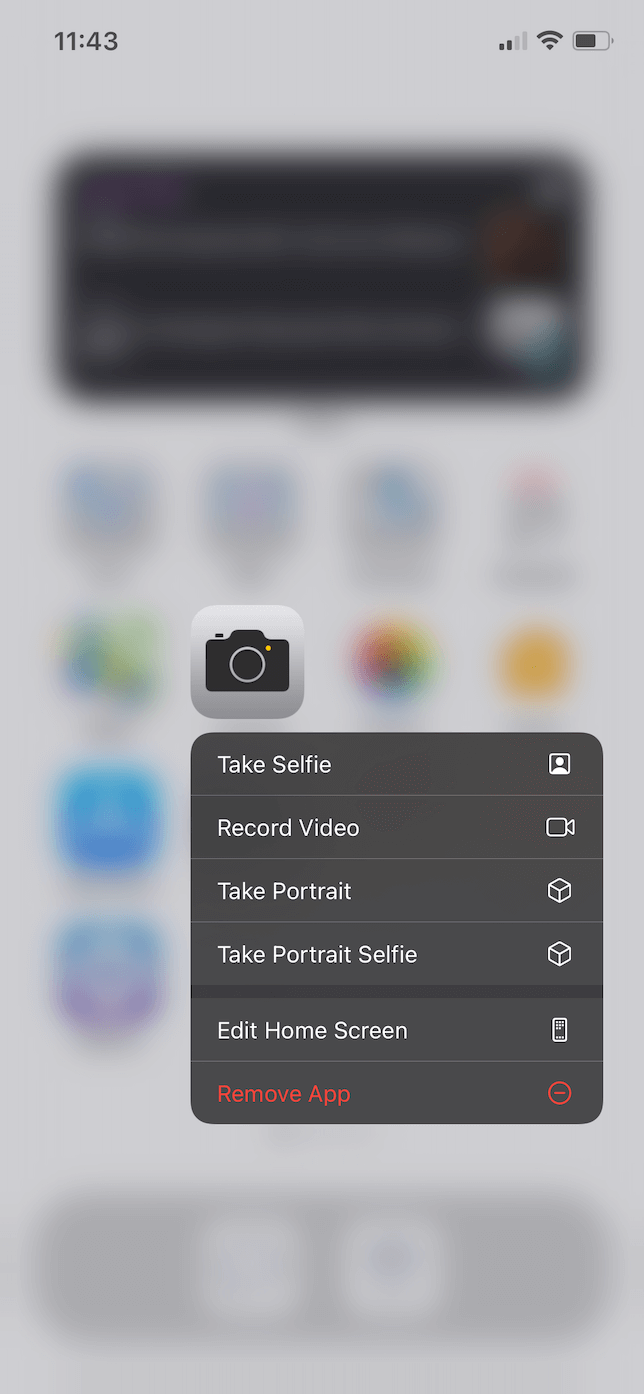
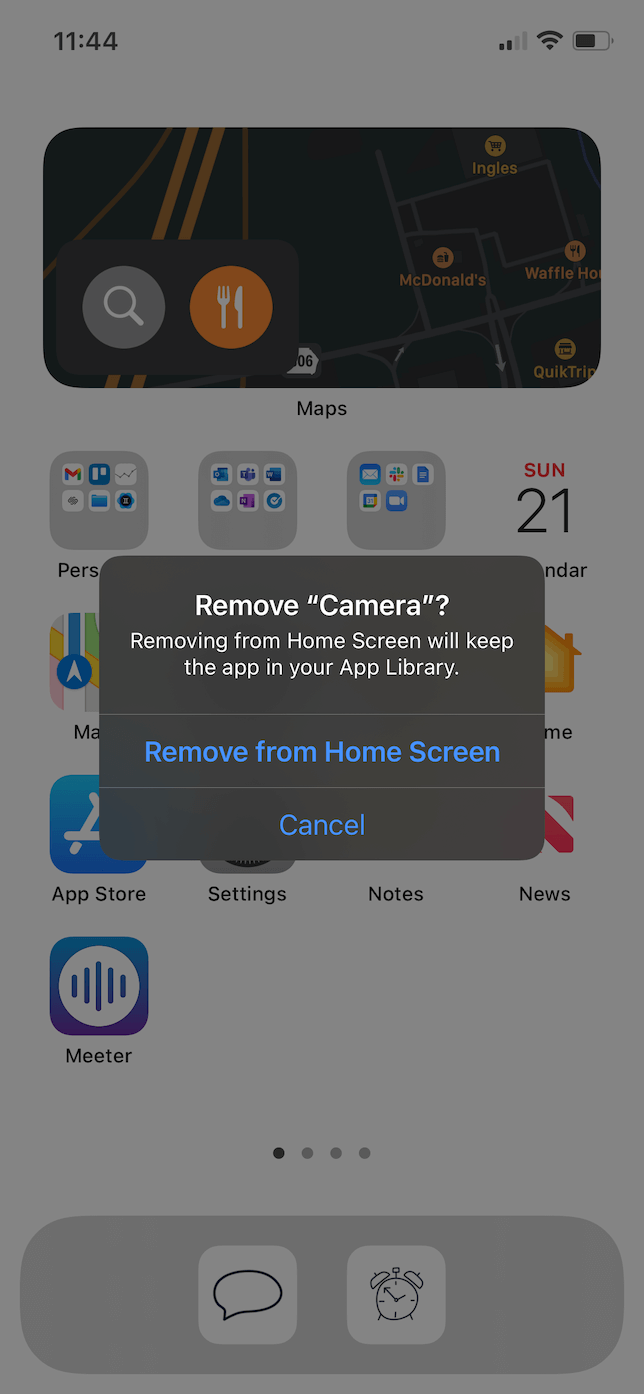
Personalizing your iPhone’s Home Screen is a fun way to show off your own creativity and taste. It can also help keep your phone feeling fresh and new. Plus, adding custom widgets will put all your photography tools at your fingertips.

